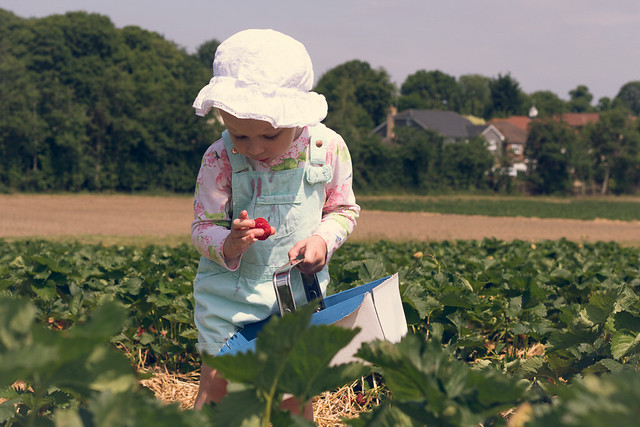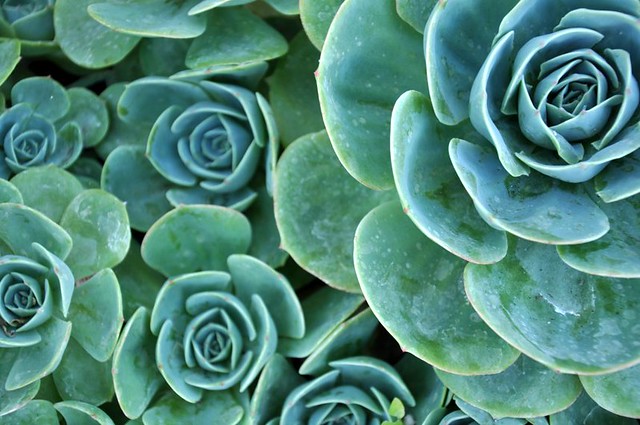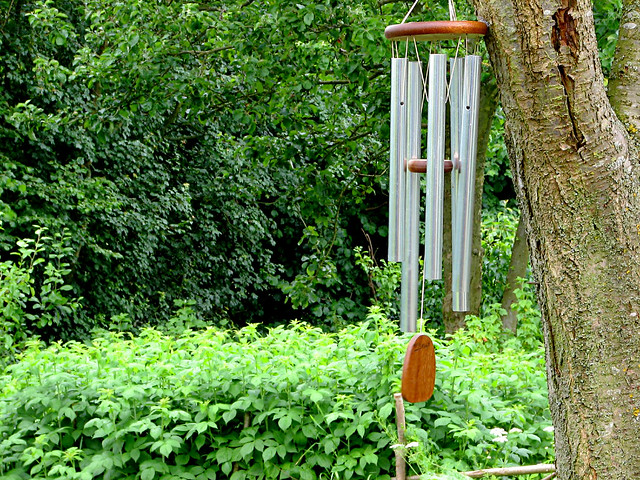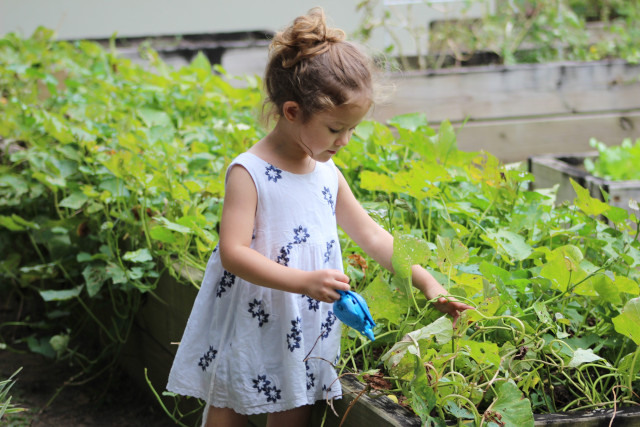Sensory Gardens: Gardens for Kids
With technology being so prominent nowadays, it can be difficult to find ways to get your kids off the couch… Tablets, game consoles, TVs, and cell phones are constantly stealing attention away from the beautiful outdoors. You can probably think back to your childhood, spending hours outside with just you and your imagination. Our children may have lost that ability to simply be by themselves outside and play. A great way to get your kids outside is by creating sensory gardens.
What Are Sensory Gardens?
Sensory gardens are gardens specifically designed to stimulate each of the five senses. Tasting, touching, smelling, hearing, and seeing are excellent ways to get your kids interested in the garden, especially at a young age. Whether you plan your entire garden to become a sensory experience or simply have a smaller, specifically designated area, your kids are sure to love exploring it!

Taste:
Taste is probably going to be one of your kids’ favorite senses found in sensory gardens! I know it’s one of mine… Raspberries and strawberries are fairly easy to grow and who doesn’t love those delicious fruits?! (Just picture that Strawberry Shortcake!) Your kids will relish going outside to pluck the bright red berries. They will watch each new fruit carefully until it’s ripe enough to pick. This may start to seem like an easy sense to check off your sensory gardens checklist, but you may be inclined to go beyond the typical fruit trees and berry bushes. Mint is also a great way to introduce your kids to sensory gardens. You could also grow honeysuckle and show your kids how to suck the nectar from the flowers. However, be sure they don’t try eating the honeysuckle berries, they may be poisonous. For more information, check out this article.
Touch:
Finding plants for the “touch” category is easy! Many plants provide unique textures for your kids to explore. There are ways to go above and beyond in this category too! Lamb’s Ear (Stachys Byzantina) has a gorgeous, fuzzy texture that your kiddos are sure to find interesting. You could also try growing succulents such as Hens and Chicks or Sedum. The waxy feeling of the leaves on these plants can provide a stark contrast to the leathery fronds of Fortune’s Holly Fern.

Smell:
Just about every plant has a distinguishable smell. Sensory gardens could include plants such as Lavender, herbs, Gardenia, and Peonies. The tricky part about smell is teaching your children the ability to distinguish between the different scents. You could encourage your kids to find recipes to make using the herbs you are growing. This way, they can become more familiar with the scent of different herbs like rosemary, thyme, and basil.

Hearing:
Though this aspect of sensory gardens isn’t as dependent on specific plants as other senses are, there are still ways to make this interesting. Perhaps you can go beyond the rustling of leaves or grasses in the wind. Push yourself to find four or five ways to hear your sensory gardens. Include wind chimes or plants that Attract Hummingbirds and listen for the gentle buzzing of their wings. Garden water features can also produce a peaceful, soothing sound! Encourage your kiddos to find more than one sound and their sources.

Seeing:
This particular sense is very likely the easiest to include in sensory gardens everywhere. By including the rest of the five senses in your garden, you will already be incorporating sight. The different shapes and sizes of the plants and their leaves and stems will allow your children to fully enjoy the sensory gardens with their sight. You can also push yourself to find plants that grow in different ways. Creeping, climbing, standing, there are many different options!

You’ll Swear by Sensory Gardens!
Regardless of which plants you choose, your children are bound to love this garden and all the ways they can explore it. Encourage them to help you maintain it. They will be able to experience the excitement of growing plants successfully and learning the patience that is required in gardening. This is why growing sensory gardens is one of the best ways to get your kids engaged with the outdoors.
